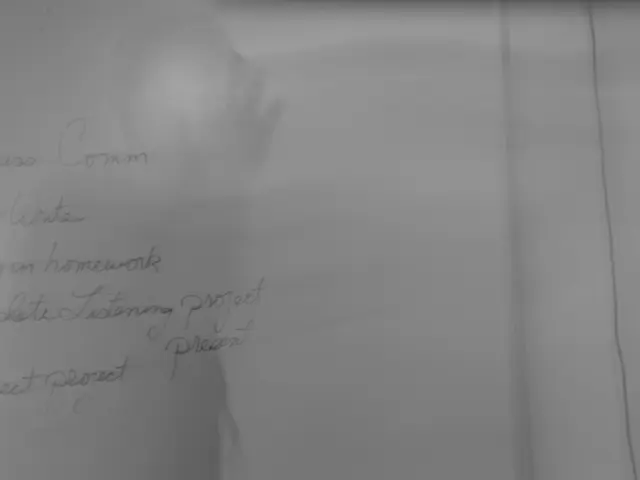Guide on Dating Individuals with Dismissive-Avoidant Attachment Style
In the complex landscape of romantic relationships, understanding and connecting with a partner who has a dismissive avoidant attachment style can present unique challenges. These individuals, characterised by a preference for independence over emotional interdependence, may initially appear distant or unengaged, but with patience, respect, and consistent reassurance, a fulfilling relationship can be cultivated.
Key strategies for supporting and connecting with a dismissive avoidant partner include respecting their need for independence and emotional distance, creating a safe space through nonjudgmental, active listening, reinforcing positive behaviour with genuine appreciation and positive affirmations, being dependable and consistent in actions, and avoiding criticism or direct confrontation.
The journey of loving an avoidant partner can be a rewarding one, provided both partners are committed to growth and mutual respect. To aid in this journey, the free introductory training for The Courageous Communicator program introduces the HIP communication formula, a tool designed to empower participants to build a meaningful bond with their avoidant partners.
Dismissive avoidant individuals tend to withdraw when relationships become too intimate, which can lead to a series of mixed signals, incongruent behaviour, restricted time, emotional spikes, skittish messages, and a reluctance to open up. However, recognising the needs and behaviours associated with dismissive avoidant attachment can help navigate potential misunderstandings in relationships.
Individuals with dismissive avoidant attachment style bring unique strengths and challenges to relationships. They are often self-reliant, composed, and practical problem-solvers, but may struggle with emotional intimacy. Dating dismissive avoidant attachment types requires understanding, patience, and a commitment to connection.
Partners of dismissive avoidant individuals often face challenges in achieving emotional closeness and intimacy. Communicating with an avoidant partner effectively requires using "soft" communication strategies that allow for openness without feeling pressured. Examples include avoiding confrontational language, using gentle phrasing, and focusing on expressing needs and feelings without demanding change.
Signs an avoidant partner loves you include initiating contact, setting aside regular time for you, opening up, inviting you into their personal space, showing thoughtfulness, respecting your autonomy, and offering practical help. With understanding and balanced expectations, relationships with dismissive avoidant partners can be both rewarding and resilient.
When faced with conflict, dismissive avoidant individuals often prefer to avoid direct confrontation, relying instead on distance or emotional detachment. Embracing the unique aspects of their attachment style is crucial for creating a relationship that honours both partners' needs.
In conclusion, navigating relationships with dismissive avoidant partners requires patience, empathy, and a willingness to learn about their behaviours. By respecting their autonomy, offering steady, non-intrusive support, and gradually building emotional safety through acceptance, positive reinforcement, and dependability, it is possible to foster a relationship that is both rewarding and resilient. The free introductory training for The Courageous Communicator program provides valuable resources for those seeking to build a meaningful bond with their avoidant partners.
- Understanding and respecting the boundaries of a dismissive avoidant partner is essential in cultivating a fulfilling relationship.
- A safe space for communication can be created through nonjudgmental, active listening and reinforcing positive behavior with genuine appreciation.
- The HIP communication formula, introduced in the Courageous Communicator program, can empower participants to build a meaningful bond with their avoidant partners.
- Dismissive avoidant individuals may withdraw when relationships become too intimate, leading to mixed signals and emotional spikes.
- Dating a dismissive avoidant attachment style requires understanding, patience, and a commitment to connection.
- Communicating effectively with an avoidant partner requires using "soft" strategies that allow for openness without feeling pressured.
- Signs an avoidant partner loves you include initiating contact, setting aside regular time, opening up, showing thoughtfulness, and offering practical help.
- Embracing the unique aspects of a dismissive avoidant partner's attachment style is crucial for creating a relationship that honors both partners' needs, promoting growth, intimacy, and healing in romantic relationships, education, and self-development.




